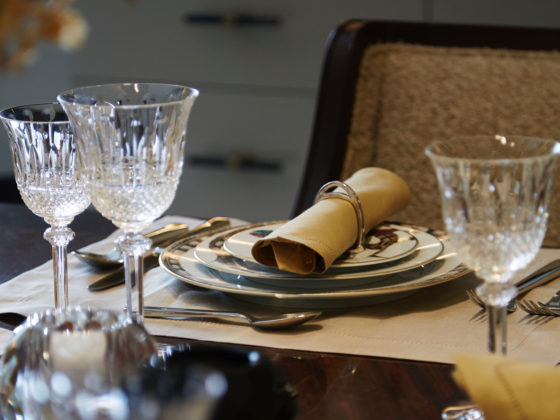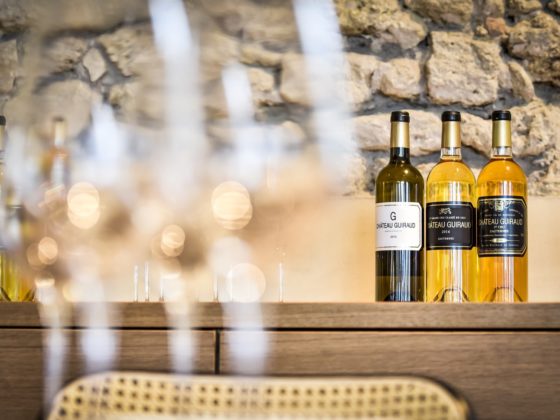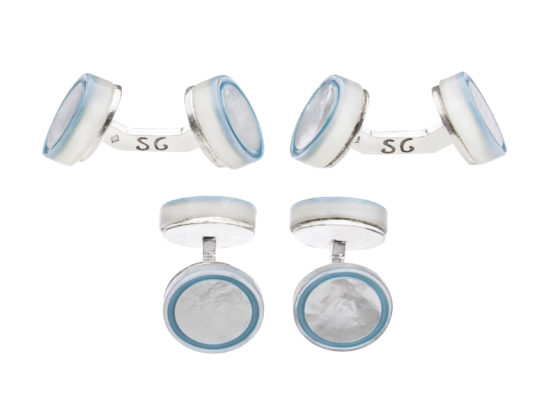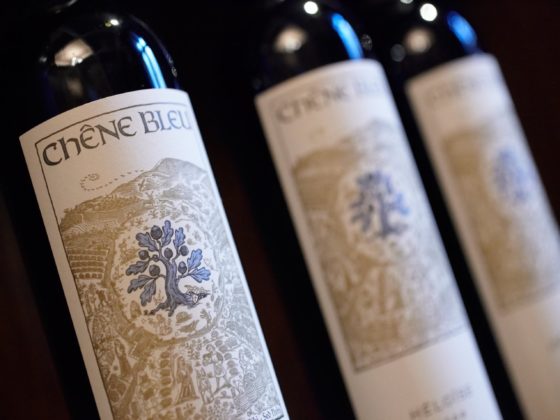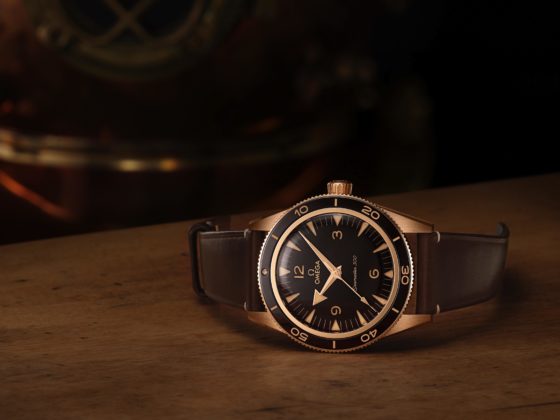The gastronomic meal of the French, a figure of the intangible heritage of humanity, is the heritage of an ancestral and unknown know-how, which has been refined throughout history.
By Jean-Robert Pitte
(Continued)
If the guests are not too numerous, it is also possible to cut up large pieces such as leg of lamb, turkey, roast beef, lobster or lobster after presentation on a pedestal table or side table. On the other hand, the fish in Bellevue are presented whole to the guests. Desserts can be placed on a serving tray at the beginning of the meal. Their decorative refinement is of the best effect. This is still practiced today sometimes with the croquembouches set pieces at weddings. Large red marble sideboards, inserted in the walls, are still visible in the blue dining room of James de Rothschild at the castle of Ferrières (Seine-et-Marne), which has become a restaurant dining room after a few decades of neglect.
The restaurant practices have changed significantly in recent years. In the inns and bistros, it has long been customary to place the food on the in serving dishes, often oval to take up less space, and to let the customers serve themselves. This is still practiced in the traditional houses such as Lipp, La Coupole or Balzar in Paris. Only the large whole pieces were cut on a pedestal table, sometimes heating and with a silver lid, as still exists at Le Train Bleu, the mythical Belle Epoque restaurant at the Gare de Lyon. In the restaurants the maitre d’s presented the dishes to the guests, and then arranged the dishes on a plate on a sideboard before placing them on the table. this one in front of the customer.
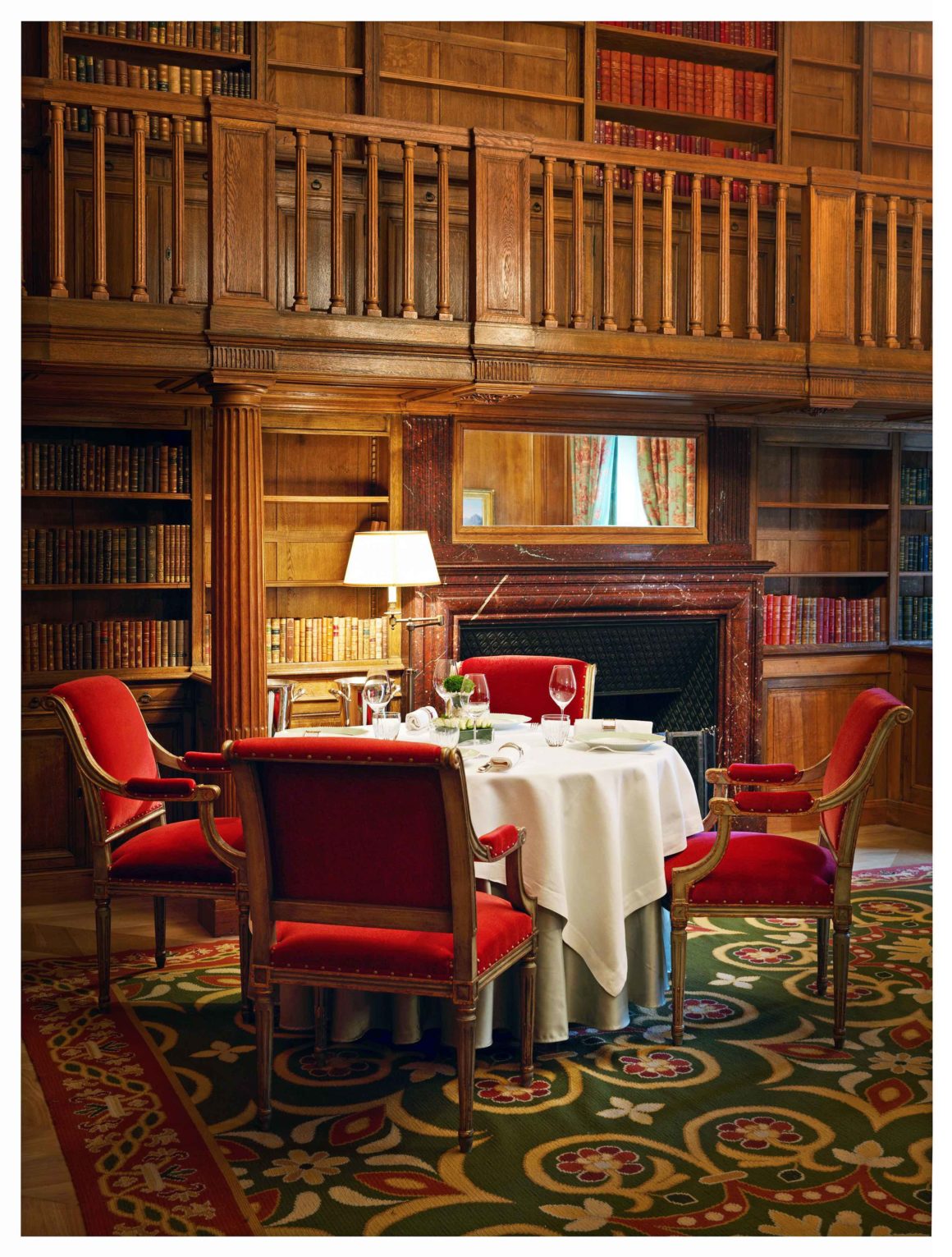
Today, chefs have increasingly adopted the practice of serving each guest at the plate. Their tenors have traveled extensively and have long been received with generosity by their Japanese counterparts. They certainly taught them the of the French cuisine that they have perfectly assimilated and perform with talent at home or in France where some have settled. The French cooks, for their part, were fascinated by the rules culinary arts and food presentation in Japan. The art of cutting, the colors, the arrangement in plates or bowls of all sizes and shapes, the all colors, the techniques of cooking gave them the idea of to inspire once they are back in front of their ovens. They also acquired the taste of raw fish, soy sauce, wasabi, shisso, yuzu, macha, wagyu beef, etc. Alas, they have learned nothing of the aspects of Japanese culture that underlie this style, in particular the religious foundations inspired by the Shinto way and of Buddha, the aesthetic principles among which the calligraphy and many other subtleties. So they imitate, but in such a superficial way that it is often distressing and laughable for the Japanese. They mix, by for example, a dozen or more ingredients in a recipe, having a thousand flower petals, grass fluff and various brimborions with tweezers, decorating plates with sweeps of spices, droplets or commas of colorful sauces, while in most of the tiny and delicate dishes of the Japanese kaiseki , hardly enters more than three components. These chefs are keen to sign their plates, which takes so long to compose that customers wait a long time between dishes. As a result, the room staff – who no longer need to be as competent than yesterday, nor so numerous – is reduced to depositing the dishes, sometimes after lifting a bell, repeating at length the list of all the components. The sommeliers are tearing their hair out, because no wine accompanies with harmony these gustatory cacophonies.
The industrialists and craftsmen of the arts of the table, porcelain makers and goldsmiths have recently been giving their all with unequal success. The plates are often wildly imaginative, those of the Jules Verne at the Tower Eiffel, for example. Plates and bowls of all shapes and sizes, grains and colors succeed them. The cutlery is sometimes of a grip difficult, the worst being reached by the too often heavy meat knives and unstable. The glasses have become huge, perched on legs comparable to stilettos: they allow the sommeliers to empty quickly the bottles and to renew the order, which allows the financial balance of the institution, taking into account the personnel costs in France.

Thankfully, these failings are not generalized and are only fashion effects. They will pass and you just have to choose your restaurants to avoid them. It does not There is no question of freezing French cuisine in its style of the past few years. 1950s, but leaders must understand that innovation means having solid foundations – the equivalent of music theory and harmony for composers of music – to be humble and above all to be driven by the desire to to please. Brillat-Savarin said it so well: “Invite someone, is to take care of his happiness all the time he is under our roof”.



